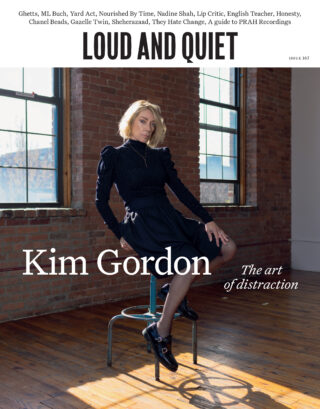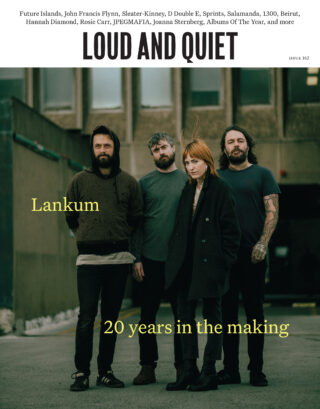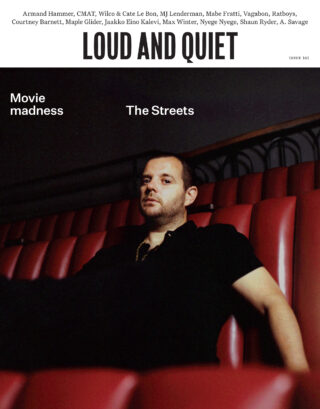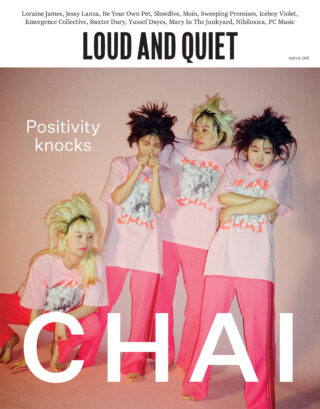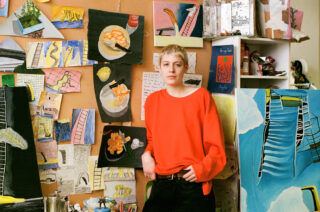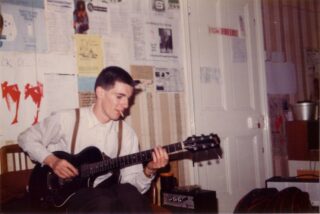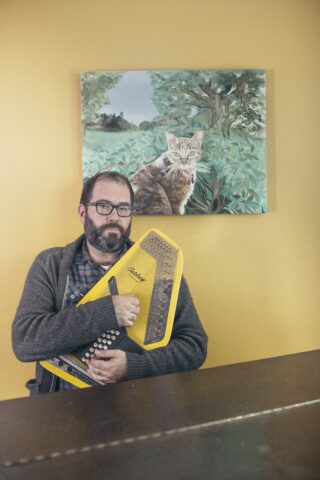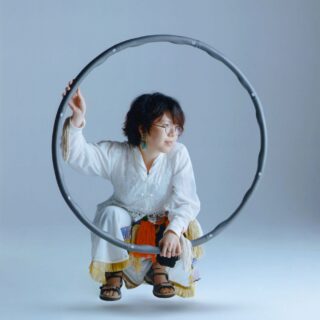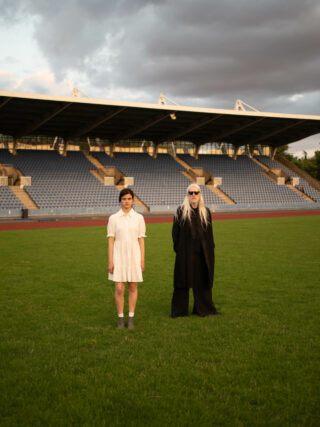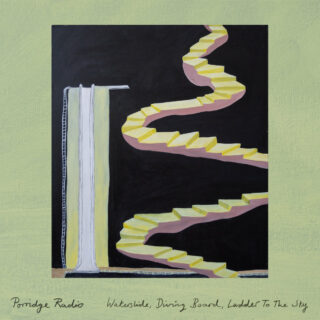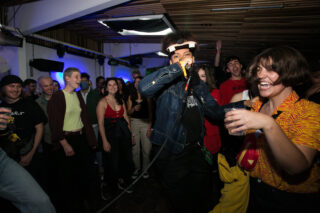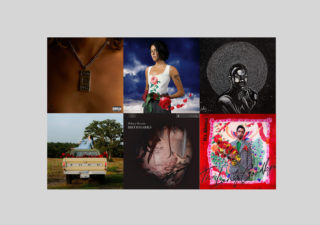Young Marble Giants
Dana Margolin: I first heard them when I just moved to Brighton and started uni. I remember I was in my room in first year in halls, and listening to [Colossal Youth] on repeat for days and days on end. There’s one song on it called ‘Music for Evenings’, which I actually just had on repeat over and over and over again. Georgia in my band, she’s really obsessed with them, her dad is as well. Josh, my manager [too]. I just heard this album and was completely bowled over.
They’re Welsh, from the ’70s. The songwriting is incredible. To me, it’s a really perfect album, it’s not underrated, but maybe more people need to hear it.
Jasleen Dhindsa: You said you came across the album living in Brighton. Do you still listen to the album now, or is it more of a memory from that time in your life?
DM: It’s a very formative memory from that year, but I will come back to that album every so often and remember how good, how amazing [it is]. I really just love the instrumentation and the songs feel like they flow so naturally.
DM: I first found this album [the eponymous debut from the supergroup of Neko Case, K.D. Lang and Laura Veirs] a few years ago. I think I just kind of stumbled upon it [through] listening to something else. I don’t even know how I found it. I love it when you get people who have their own songwriting projects, and then they come together and they write songs together. When I have delved into their back catalogue individually I’ve enjoyed [it], but not as much as I’ve loved this album. It’s really unique and beautiful. It feels like it captures a moment in time where I assume three friends or people who were in each other’s circles came together and wrote a really incredible album, this one-off, beautiful thing.
JD: Do you like to collaborate a lot with other artists?
DM: I have done a few collaborations. I did a song with Lillie from [Chicago indie band] Lala Lala. I did two songs with my friend Charlie [Loane] from Piglet and Speed Training. I’ve done a bunch of covers, crossing over to other artists who are my contemporaries. I love writing songs with Charlie, I’d love to do more with him.
Every time you collaborate you learn something new about how someone else’s brain works and how other people write songs. Collaborating has really drummed in that there’s a million different ways to make a song. I don’t think it’s particularly changed how I write, but it’s definitely opened my mind a bit.
